Freshwater copepods are tiny crustaceans that play a huge role in creating a balanced aquarium ecosystem. These microscopic creatures do more than just swim around - they provide nutritious live food for your fish and help keep your water clean. At AlgaGen Direct, we offer various live copepod options that can make your aquatic environment healthier and more natural.
Freshwater copepods are different from marine ones, but they provide similar benefits. These tiny creatures are usually between 0.5mm and 2mm in size, belonging to the subclass Copepoda within the crustacean family. Under a microscope, you can see their segmented bodies, antennae, and special appendages that help them move through water. They move with a hopping motion that makes fish want to chase them. This natural movement encourages your fish to hunt like they would in the wild.
Unlike frozen or processed foods, live freshwater feeds like copepods are packed with essential fatty acids, proteins, and nutrients in their natural form. Fish can absorb these nutrients more easily because they haven't been changed through processing or freezing. Live copepods have high levels of omega-3 fatty acids, which are important for fish nervous system development and immune function. Plus, copepods can multiply in your tank if conditions are right, creating a food source that keeps replenishing itself!
Key Takeaways
- Freshwater copepods serve as excellent natural food sources for aquarium inhabitants
- Bio-actiV Freshwater Plankton contains both live freshwater copepods and ostracods
- Copepods help maintain water quality by consuming detritus and uneaten food
- Different species like Tisbe and Apocyclops are available for different aquarium needs
- Regular addition of copepods helps establish a self-sustaining ecosystem in your tank
Benefits of Freshwater Copepods in Your Aquarium
Adding freshwater copepods to your aquarium brings many advantages beyond just feeding your fish. These tiny organisms help create a healthier, more balanced ecosystem in ways that store-bought products simply can't match. From improving water quality to enhancing fish coloration and behavior, copepods work tirelessly as microscopic ecosystem engineers within your aquatic environment.
Natural Cleaning Crew
Freshwater copepods work like a cleaning crew in your aquarium. They eat detritus, leftover food, and algae that would otherwise rot and harm your water quality. This cleaning helps reduce waste buildup that can cause dangerous ammonia and nitrite spikes. By adding our Bio-actiV Freshwater Plankton, you get both copepods and ostracods that work together to naturally keep your water cleaner. These microcrustaceans access tiny crevices and areas that mechanical filtration simply cannot reach, breaking down organic matter into smaller particles that beneficial bacteria can then process more efficiently. Research has shown that tanks with established copepod populations often demonstrate improved water clarity and reduced maintenance requirements over time, as these tiny creatures continuously process waste materials throughout the day and night.
Nutritional Excellence
As live food, freshwater copepods are extremely nutritious. They contain high levels of essential fatty acids, proteins, and natural pigments that can make your fish more colorful. Unlike processed foods that lose nutrients during manufacturing, live copepods deliver nutrition in its most usable form. This is especially important for picky eaters or fish species that evolved to eat live prey in the wild. The nutritional profile of copepods includes carotenoids that enhance fish coloration, particularly in species like killifish, gouramis, and many cichlids. Additionally, copepods contain digestive enzymes that remain active when consumed, potentially aiding in the digestion process of predatory fish. Many advanced breeders have documented improved spawning success, egg quality, and fry survival rates when parent fish are regularly fed live copepods prior to breeding attempts.
Stimulating Natural Behaviors
Having live copepods in your aquarium encourages natural hunting behaviors in your fish. This mental stimulation is important for your fish's well-being, reducing stress and preventing boredom. The way copepods swim triggers your fish's instinct to feed, keeping them active and engaged with their environment. Ethologists studying fish behavior have noted that aquarium specimens displaying natural hunting behaviors exhibit fewer signs of stress-related conditions such as fin-nipping, excessive hiding, or territorial aggression. The unpredictable movement patterns of copepods provide cognitive enrichment for fish, similar to how puzzle toys benefit captive mammals. Additionally, the exercise gained from actively pursuing live food helps prevent obesity and associated health problems that can occur when fish are fed only stationary processed foods. For many species, this increased activity also leads to improved muscle tone and cardiovascular health over the long term.
Types of Freshwater Copepods Available
At AlgaGen Direct, we offer several varieties of freshwater copepods to meet different aquarium needs. Understanding the different types will help you choose the right option for your tank. Each species has evolved specific adaptations and behaviors that make them suitable for particular aquarium conditions and fish communities.
Bio-actiV Freshwater Plankton
Our main freshwater product, Bio-actiV Freshwater Plankton, contains a carefully balanced mix of both live freshwater copepods and ostracods. Priced at $13.50, this product comes in both 8 oz and 16 oz sizes to fit different tank sizes. The combination of these two microcrustaceans provides comprehensive benefits for your freshwater aquarium:
- Copepods mainly feed on detritus and algae while serving as nutritious food for fish
- Ostracods (seed shrimp) help with substrate cleaning and provide additional biodiversity
- Both organisms reproduce in the aquarium under favorable conditions, creating a sustainable ecosystem
- The mixed culture creates a more resilient microfauna population that can adapt to various tank conditions
- Different life stages provide appropriately sized food for various fish species, from fry to adults
This product works especially well for planted tanks, community aquariums, and breeding setups where natural food sources are desired. The diverse microorganism profile helps establish a more complete food web within your aquarium, supporting multiple trophic levels and creating greater ecosystem stability. Many advanced aquarists report that regular additions of Bio-actiV Freshwater Plankton have allowed them to reduce their reliance on traditional water changes while maintaining excellent water parameters.
Adaptable Species for Various Conditions
While many of our specialized copepod products like Tisbe biminensis are designed for marine environments, we've selected and cultivated species that can thrive in freshwater conditions as well. These specialized freshwater copepods have been adapted to flourish in freshwater aquariums, providing the same benefits as their marine counterparts. Our cultivation program has focused on selecting species and strains that demonstrate exceptional adaptability to the varied conditions found in home aquariums, including:
Our freshwater copepods are grown in controlled conditions to ensure they arrive healthy and ready to populate your aquarium. We carefully package them to maintain optimal conditions during shipping, and they come with a live arrival guarantee when ordered with appropriate shipping options. Each batch undergoes rigorous quality control procedures, including microscopic examination to verify species composition, life stage diversity, and overall health before shipping. We maintain our cultures using proprietary techniques that maximize reproductive rates while ensuring genetic diversity, resulting in robust populations that can quickly establish themselves in your aquarium environment.
How to Introduce Freshwater Copepods to Your Aquarium
Successfully establishing a copepod population in your freshwater aquarium requires proper introduction techniques. Following these guidelines will help ensure that your copepods thrive and provide maximum benefit to your aquatic ecosystem. The initial introduction is a critical period that significantly influences how well your copepod population will establish itself in your tank.
Acclimation Process
Proper acclimation is crucial when introducing freshwater copepods to your aquarium. Unlike fish that require drip acclimation, copepods can generally be acclimated using a temperature-matching method:
- Float the sealed container of copepods in your aquarium for 15-20 minutes to match temperatures
- Open the container and slowly add small amounts of your tank water over 10-15 minutes, about a tablespoon every 3-4 minutes
- Once acclimated, pour the contents into your aquarium, preferably near plants or other structures that provide shelter
- Avoid introducing copepods immediately after medication treatments or water changes using chlorinated water that hasn't been fully neutralized
- For best results, dim aquarium lights during introduction to reduce stress and predation pressure on the newly introduced copepods
This gradual introduction helps prevent temperature shock and allows the copepods to adjust to your tank's specific water parameters. The gentle acclimation process is particularly important if there's a significant difference between your aquarium parameters and the shipping water, especially regarding pH and hardness. Copepods are surprisingly adaptable but giving them time to adjust maximizes their survival rate and helps them begin reproducing more quickly in their new environment.
Strategic Placement
Where you introduce copepods can significantly impact their survival rate. Consider these placement strategies:
- Add copepods near live plants, moss, or dense decorations that provide hiding places
- Introduce them during evening hours when fish are less active to give copepods time to disperse and find shelter
- If you have particularly hungry fish, consider using a "copepod refuge" area using fine mesh to allow copepods to establish before being accessible to predators
- For planted tanks, introducing copepods directly into dense plant groupings like Vallisneria, Java moss, or floating plants provides immediate protection
- Consider temporarily reducing filter flow during introduction to prevent copepods from being immediately drawn into mechanical filtration
Our Bio-actiV Freshwater Plankton is designed for easy introduction and comes with detailed instructions specific to freshwater environments. The product includes both mature copepods ready to reproduce and juveniles that can quickly establish in various microhabitats within your aquarium. Many successful aquarists find that making multiple smaller introductions over several weeks creates a more stable population than a single large addition, as this approach helps the ecosystem adjust gradually to the new bioload and food web dynamics.
Maintaining Healthy Copepod Populations
Once you've introduced freshwater copepods to your aquarium, maintaining a thriving population requires attention to several key factors. A successful copepod colony will continue to provide benefits to your aquarium ecosystem for the long term. Understanding the ecological needs of these microcrustaceans will help you create conditions where they can flourish alongside your fish and plants.
Optimal Water Parameters
Freshwater copepods thrive under specific water conditions that should be maintained for optimal reproduction and growth:
- Temperature: 68-78°F (20-26°C) is ideal for most freshwater copepod species, with reproduction rates typically peaking around 74°F (23°C)
- pH: Slightly alkaline conditions (7.0-7.8) generally support better reproduction, though most species can adapt to a wider range between 6.5-8.0
- Water hardness: Moderate hardness (8-12 dGH) provides minerals necessary for exoskeleton development and molting processes
- Low toxins: Maintain ammonia and nitrite at 0 ppm, and keep nitrates below 20 ppm to prevent reproductive inhibition
- Oxygen levels: Ensure good surface agitation and gas exchange, as copepods are sensitive to low oxygen conditions
Regular water testing and maintenance are essential for supporting a healthy copepod population. Our freshwater copepods are adaptable but will reproduce more successfully when parameters are kept stable and within optimal ranges. Avoid sudden large water changes that dramatically alter water chemistry, as this can disrupt the reproductive cycle of copepods. Instead, more frequent smaller water changes (10-15%) help maintain stability while still removing accumulated waste products that might inhibit copepod reproduction.
Providing Adequate Food Sources
Copepods require appropriate food sources to thrive and reproduce in your aquarium. Consider these feeding strategies:
- Natural biofilm and algae: Allow some algae growth on surfaces not visible from the front of the tank, particularly on back glass or hardscape elements
- Microalgae supplements: Products like our PhycoPure Green Water provide excellent nutrition for copepods with essential fatty acids and phytopigments
- Detritus: The natural breakdown of plant matter and leftover fish food will supply some nutrition, especially in well-established planted tanks
- Specialized feeds: Consider adding specific copepod feeds weekly to boost reproduction rates, particularly in tanks with heavy predation pressure
- Bacterial supplements: Periodic addition of beneficial bacteria products can enhance the microbial community that many copepod species graze upon
A balanced approach to feeding will support both the copepods and the overall health of your aquarium ecosystem. It's important to note that overfeeding the aquarium specifically to support copepods can lead to water quality issues, so maintain a balance between providing enough organic matter for copepods while not compromising overall water quality. In well-established planted aquariums, the natural microbiome often provides sufficient nutrition for moderate copepod populations without additional feeding.
Ideal Fish Species That Benefit from Freshwater Copepods
Certain fish species particularly benefit from having freshwater copepods in their environment. Understanding which fish thrive with copepods can help you create an optimal community in your aquarium. While most fish will consume copepods opportunistically, some species have evolved specialized feeding strategies specifically adapted to hunting these microcrustaceans in nature.
Micropredators and Specialized Feeders
Several freshwater fish species have evolved to feed primarily on small crustaceans like copepods:
- Killifish: Many species are adapted to hunt small prey items in the water column, with specialized upturned mouths perfect for surface feeding on copepods
- Dwarf cichlids: Species like Apistogramma and Mikrogeophagus actively hunt microfauna, using their precise vision and specialized jaw structures to capture tiny prey
- Rasboras: Particularly the smaller species benefit from live copepods in their diet, showing enhanced coloration and breeding behavior when regularly fed live foods
- Celestial pearl danios (Galaxy rasboras): These micro-predators thrive when they can hunt live prey, exhibiting more vibrant coloration and natural behaviors
- Scarlet badis (Dario dario): These diminutive predators specialize in hunting tiny live foods and often struggle with prepared foods, making copepods an ideal dietary component
These species not only benefit nutritionally from copepods but also display more natural behaviors when they can hunt live food. The hunting activity provides essential exercise and mental stimulation that contributes to overall fish health. Many of these species show dramatically improved coloration, increased activity levels, and more successful breeding behavior when copepods are regularly available in their environment. For specialized micropredators like the scarlet badis, copepods may represent one of the few foods they will readily accept in captivity.
Fry and Juvenile Fish
Nearly all fish fry benefit from having copepods available during their early development:
- Size-appropriate food: Newly hatched copepods are perfectly sized for many small fry, providing an ideal first food that triggers natural feeding responses
- Nutritional completeness: Copepods provide essential fatty acids crucial for proper development, particularly for brain, eye, and nervous system formation
- Hunting stimulation: Fry develop better hunting skills when raised with live food, leading to improved feeding success on a variety of foods as they mature
- Growth rates: Many species show faster and more uniform growth when fed live copepods, often reaching maturity weeks earlier than fry raised on commercial foods alone
- Survival rates: Research has demonstrated significantly higher survival rates (often 15-30% higher) for fry with access to copepods compared to those raised solely on commercial diets
Adding our Bio-actiV Freshwater Plankton to breeding tanks can significantly improve fry survival and development. The various life stages of copepods present in our cultures provide appropriately sized food as fry grow, eliminating the need to constantly adjust food particle size during the critical first weeks of development. Many professional breeders maintain dedicated copepod culture tanks specifically to supply their breeding operations, recognizing the substantial benefits these microcrustaceans provide during the crucial early development stages of valuable fish species.
Comparing Different Freshwater Copepod Products
At AlgaGen Direct, we offer several products that contain freshwater copepods, each designed for specific applications. Understanding the differences between these products will help you select the most appropriate option for your needs. Our specialized cultivation techniques ensure that each product provides unique benefits while maintaining the highest standards of quality and viability.
Bio-actiV Freshwater Plankton
Our Bio-actiV Freshwater Plankton is specifically formulated for freshwater aquariums:
- Contents: Contains both live freshwater copepods and ostracods in a balanced ratio optimized for freshwater environments
- Price: $13.50 for the base size, representing excellent value considering the diversity of organisms included
- Sizes available: 8 oz and 16 oz options to accommodate different tank sizes and stocking densities
- Best for: Community tanks, planted aquariums, and breeding setups where a diverse microcrustacean population is beneficial
- Special features: Includes multiple microcrustacean species for comprehensive benefits, with organisms at various life stages for immediate impact and long-term establishment
- Ecosystem role: Creates a more complete microfauna community that enhances nutrient cycling and provides continuous live food
This product is our primary offering for freshwater environments and provides a balanced mix of beneficial organisms. The combination of copepods and ostracods creates a more resilient microfauna community that can adapt to various aquarium conditions. The ostracods tend to focus on substrate-level detritus while the copepods are more active throughout the water column, ensuring comprehensive ecosystem benefits. Many customers report seeing noticeable improvements in water clarity and fish behavior within days of adding Bio-actiV Freshwater Plankton to their systems.
Zoo-Plasm PODS for Adaptable Systems
While primarily marketed for marine systems, our Zoo-Plasm PODS ($19.99) can be used in certain brackish or adaptable freshwater setups:
This product requires careful acclimation for freshwater use but offers advantages for specific applications. The more diverse species mix can provide advantages in specialized systems where maximum biodiversity is desired. For brackish water aquariums housing species like mollies, archer fish, or scats, Zoo-Plasm PODS offers an ideal mix of copepod species that can thrive in variable salinity environments. Advanced aquarists appreciate the flexibility this product offers for experimental or specialized system designs.
Bulk Options for Larger Systems
For larger freshwater systems or fish rooms, we offer bulk options:
These bulk options provide cost-effective solutions for maintaining copepod populations in larger systems. The economies of scale make these products particularly attractive for commercial operations or serious hobbyists maintaining multiple tanks. The concentrated nature of these products allows for strategic distribution across multiple systems from a single purchase, maximizing value while ensuring that each tank receives an appropriate inoculation of beneficial microcrustaceans. Many fish farms and professional breeding operations incorporate regular additions of bulk copepod cultures into their standard protocols due to the documented improvements in fish health, growth rates, and breeding success.
Conclusion: Creating a Thriving Ecosystem with Freshwater Copepods
Freshwater copepods represent one of the most effective ways to enhance your aquarium's ecosystem. By introducing these tiny crustaceans, you're not just adding another food source - you're creating a more complete, self-sustaining environment that more closely mimics natural habitats. The ecological relationships established between copepods, beneficial bacteria, plants, and fish create a dynamic balance that contributes to overall system stability and resilience.
The benefits of adding freshwater copepods from AlgaGen Direct extend to every aspect of your aquarium. From improved water quality through natural waste processing to enhanced fish health through superior nutrition, copepods contribute to a more stable and vibrant aquatic environment. Their natural behaviors stimulate your fish's instincts, leading to more active, engaged, and colorful tank inhabitants. The continuous grazing activity of copepods helps control microbial populations, potentially reducing the risk of problematic algae blooms or bacterial infections. Many experienced aquarists report that establishing robust copepod populations represents a turning point in their aquarium journey, marking the transition from maintaining an artificial display to cultivating a living ecosystem.
Whether you're an experienced aquarist looking to enhance your breeding projects or a beginner seeking to create a more natural environment, our range of freshwater copepod products offers solutions tailored to your specific needs. Start with our Bio-actiV Freshwater Plankton to establish a foundation of beneficial microorganisms, and watch as your aquarium transforms into a more balanced, thriving ecosystem. The investment in live copepods pays dividends through reduced maintenance requirements, improved fish health, and the satisfaction of creating a more complete aquatic environment that more closely resembles natural habitats.
Remember that successful copepod cultivation requires some attention to water parameters and feeding, but the rewards - healthier fish, cleaner water, and a more self-sufficient tank - make the effort well worthwhile. Explore our complete range of freshwater feeds today and take the first step toward a more natural, balanced aquarium ecosystem. By incorporating these microscopic ecosystem engineers into your aquarium management strategy, you're embracing a holistic approach to aquarium keeping that aligns with nature's own design for freshwater habitats around the world.
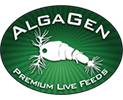
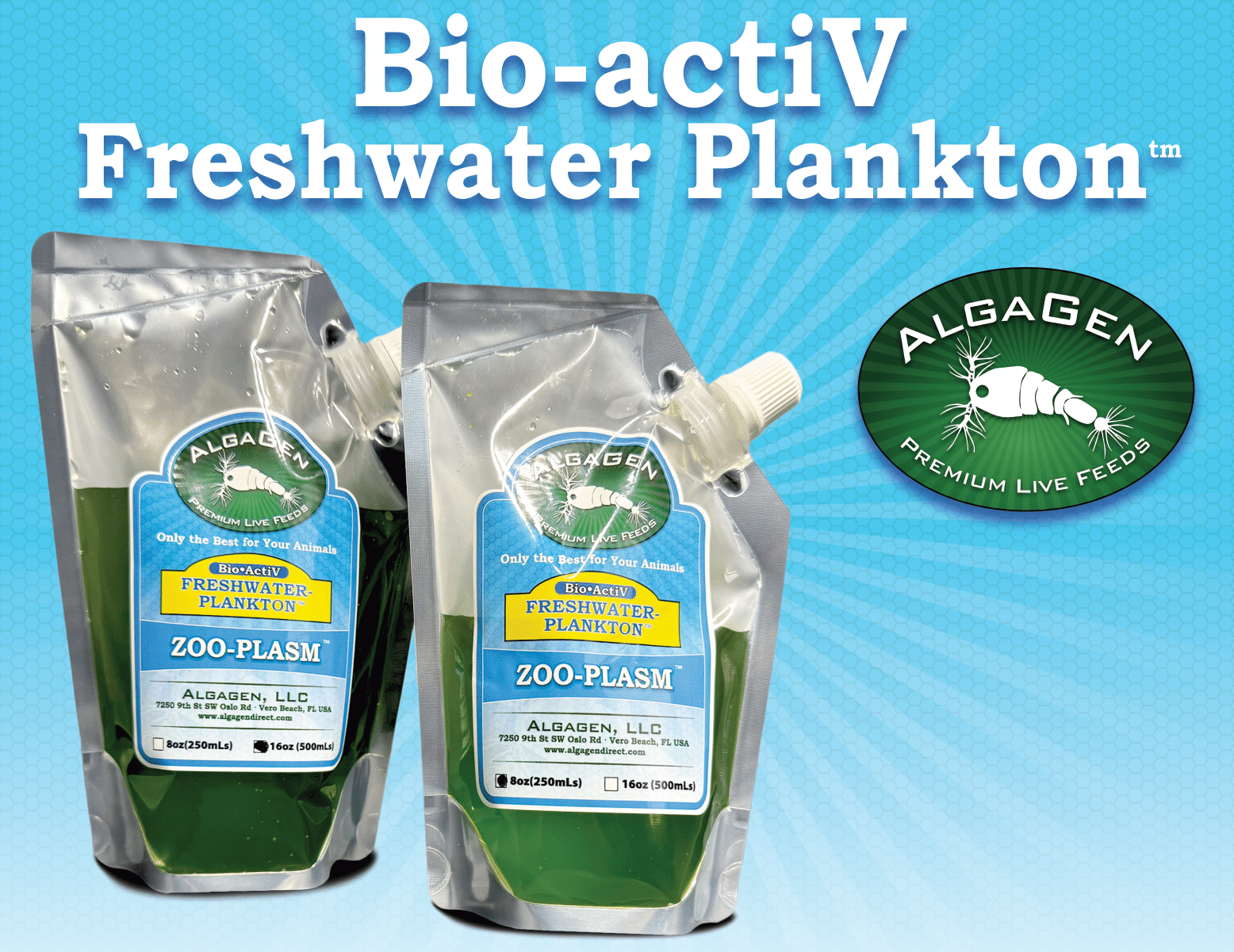
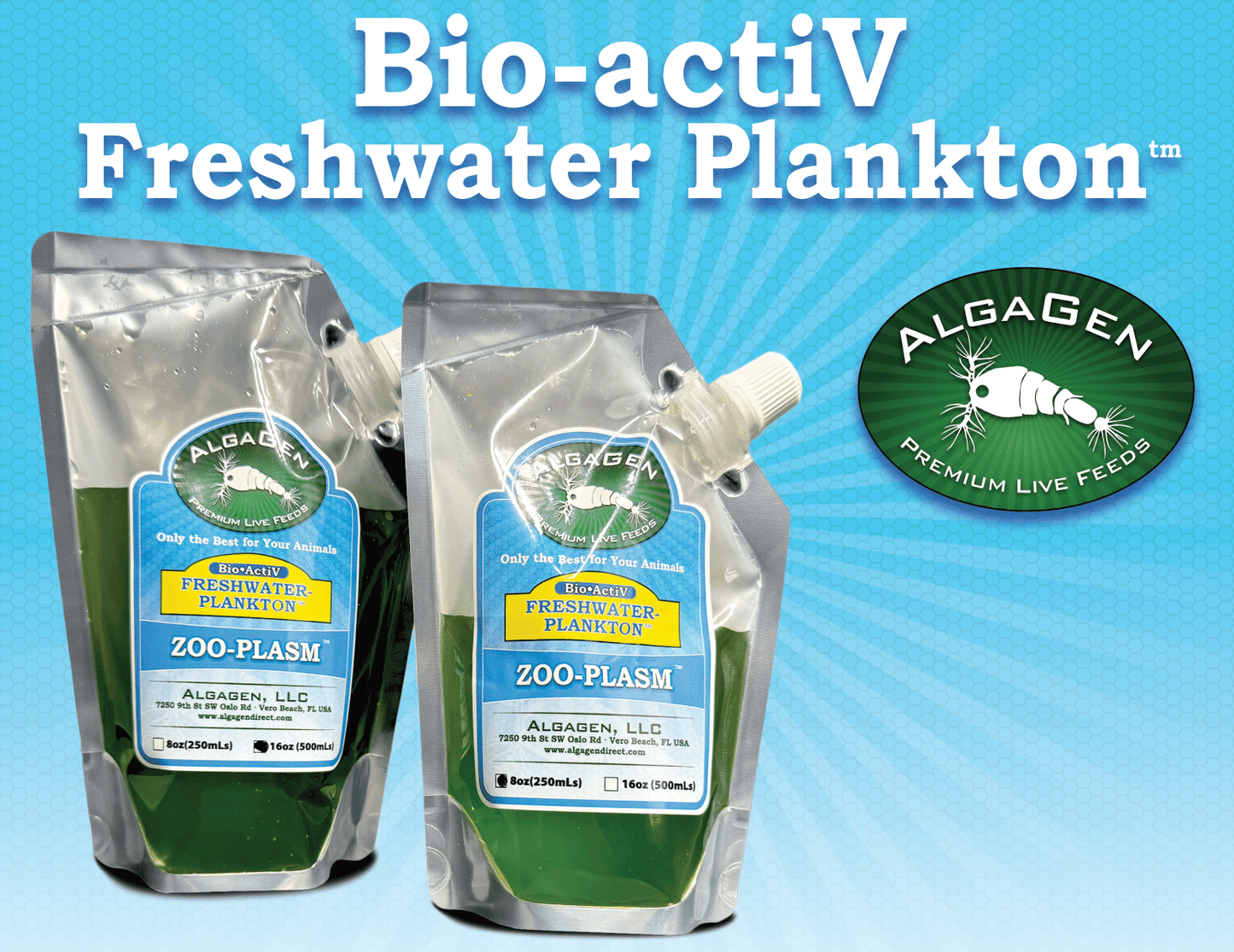
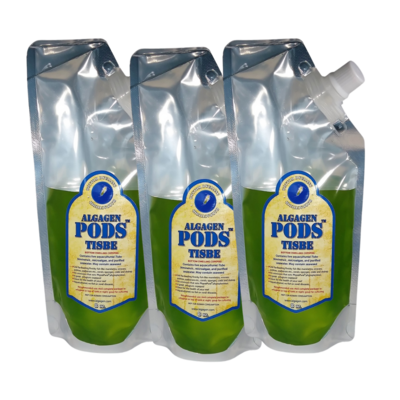
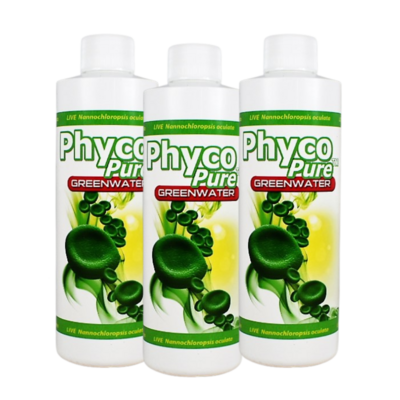
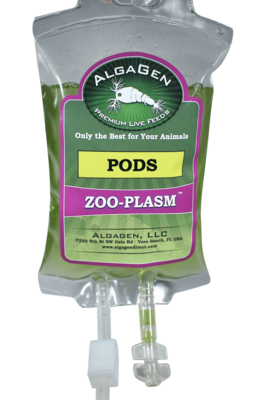
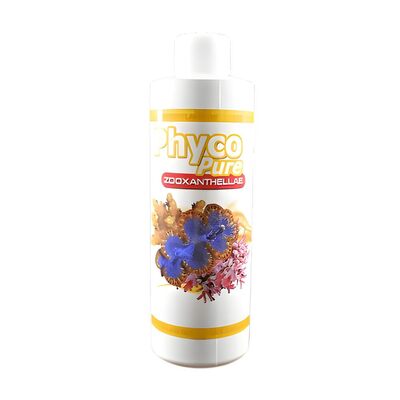
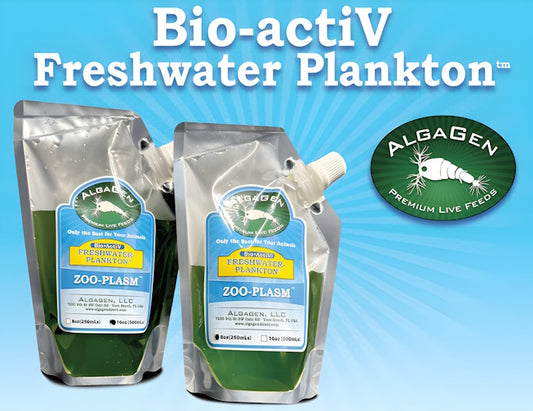
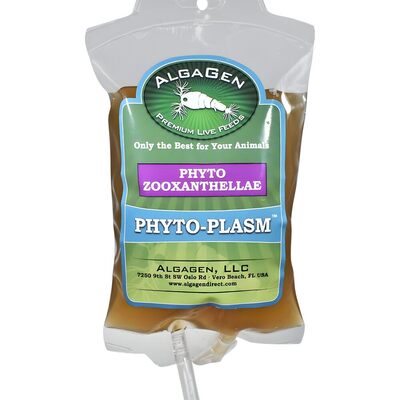
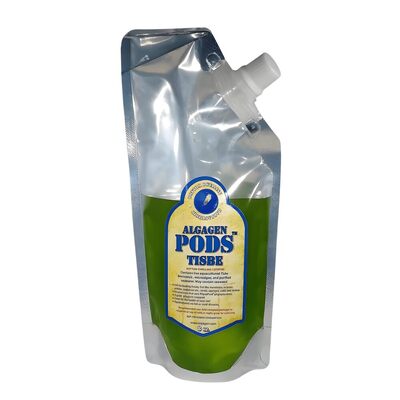
Recent post